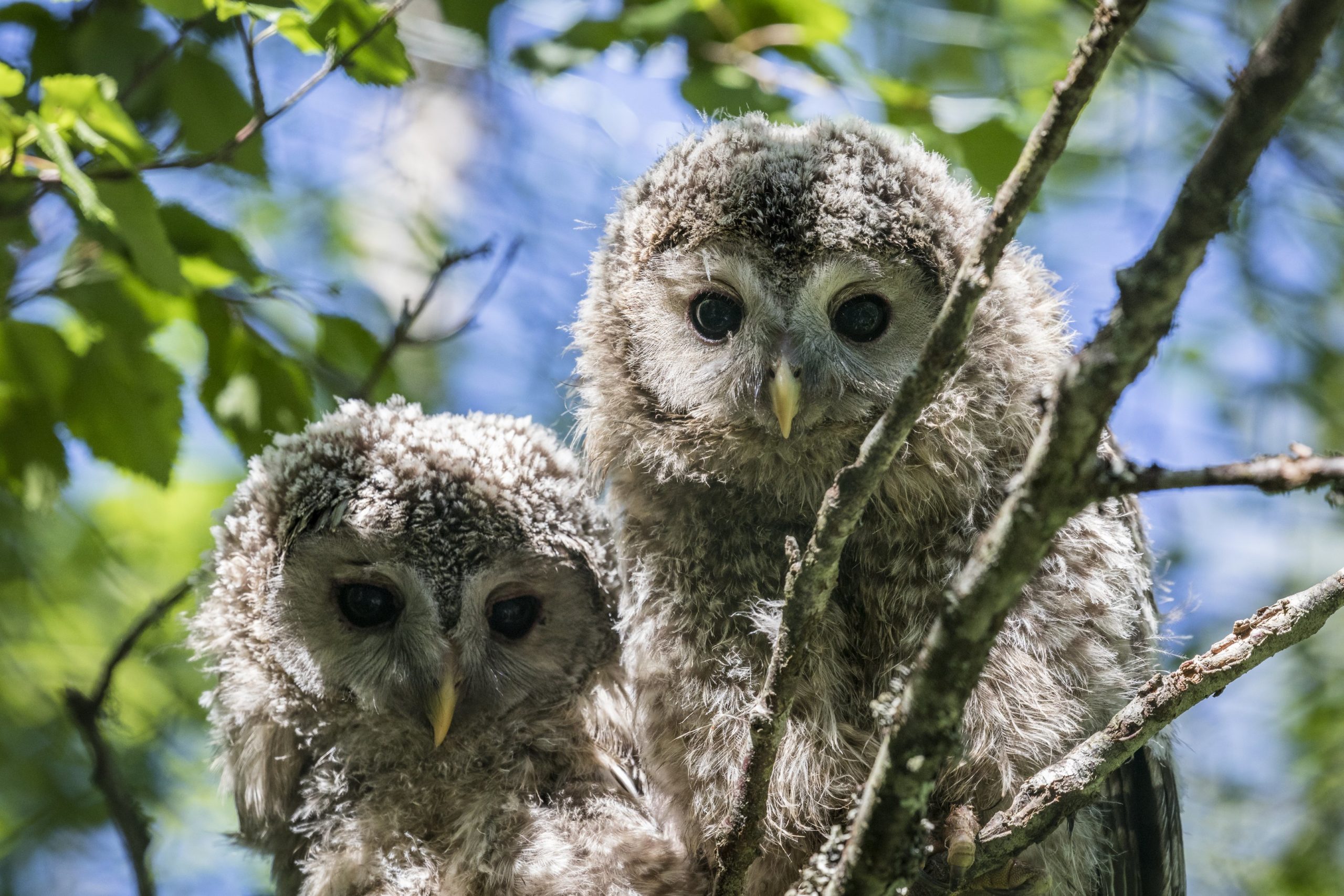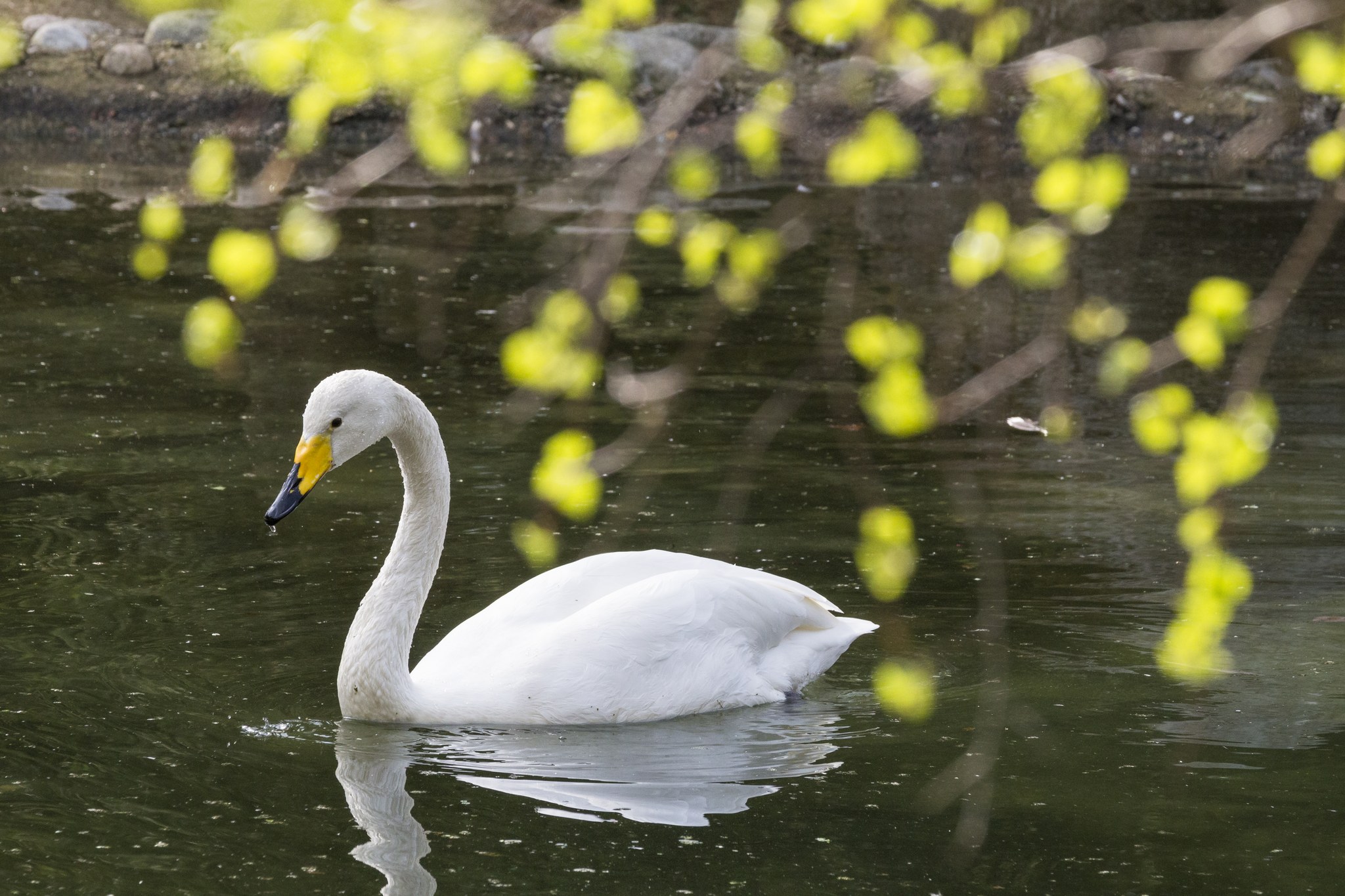
When possible, Ranua Wildlife Park takes in wild animals that are injured or in need of human help for other reasons. Representatives of more than 90 different animal species have been cared for at Ranua Wildlife Park over the years. The most common species are whooper swans, Northern goshawks, eagle owls, cranes, common goldeneyes, and boreal owls, as well as mammals, such as the otter. Rarer foster animals have been the white stork and a grey seal pup that for some reason got lost in the yard of a private house, kilometres away from the sea.
The primary goal is always to rehabilitate the animal and return them to nature. If the animal is only partially rehabilitated, i.e. in such a way that they cannot survive in the wild but has a chance for a pain-free, good life in human care, it may permanently stay with us or at another zoo if the authorities grant them a permit. Unfortunately, there are always those who are too weak to survive or whose placement in a zoo is not appropriate after the rehabilitation is only partially successful. These animals are euthanized to avoid suffering.
Currently, we cannot take foster animals directly from the wild due to the lack of facilities suitable for disease protection and prevention. However, we give advice when necessary and we cooperate with various parties to develop foster animal care in Finland. When foster animal care is possible, expedient and permitted, we can offer a permanent place to a wild animal that needs it.

Does a wild animal need help?

If you find a lone, seemingly helpless baby animal, be patient and observe the situation from a distance for a while. The young of many species, such as squirrels, hares and deer, as well as most birds, can rest separately from their mothers and usually do not need human help. Many baby birds leave the nest unable to fly, and the mother often feeds them on the ground secretly from the human eye.
Intervening in the situation unnecessarily can lead to the chick not being able to be saved or returned to the wild. On the other hand, for example, a young tarn swallow found on the ground is always helpless. Recognizing the need for help is therefore not always easy. If the animal is clearly injured and weak or you are unsure whether they need help, contact, for example, our animal caretakers, the Korkeasaari Wildlife Hospital, the county’s animal protection supervisor or local animal protection associations that have experience with wild animals or similar entities such as the ones mentioned for advice and guidelines.
You can call the general emergency number (112) if the animal poses a danger to people or if the rescue of the animal requires special equipment from the authorities or other urgent assistance from the authorities. Such situations include, for example, a moose or reindeer running on a highway or in an urban area or falling on ice, as well as a moose or large animals injured in a crash. The emergency center then assesses the need for help and which authority is the right one to help.
Contact information:
Wild care animals: Animal caretakers, 040 183 7309
Heinola Bird Rescue/Sanctuary: 050 5951415 and 050 595 51416, lintuhoitola@heinola.fi
Orimattila wild animal care: Sari Valtanen, 040 735 4470
Lapland county animal protection supervisor: Nina Rissanen, 040 715 1793
Korkeasaari Wildlife Hospital




